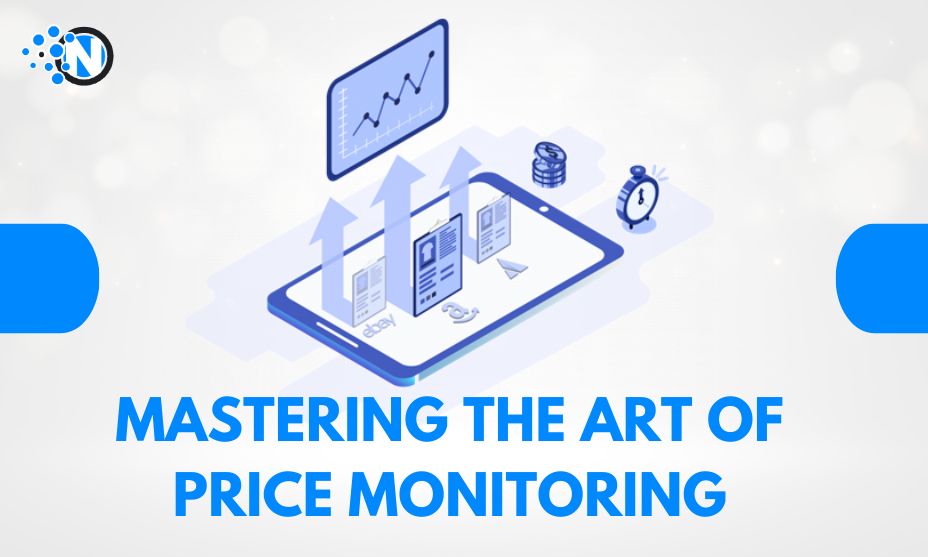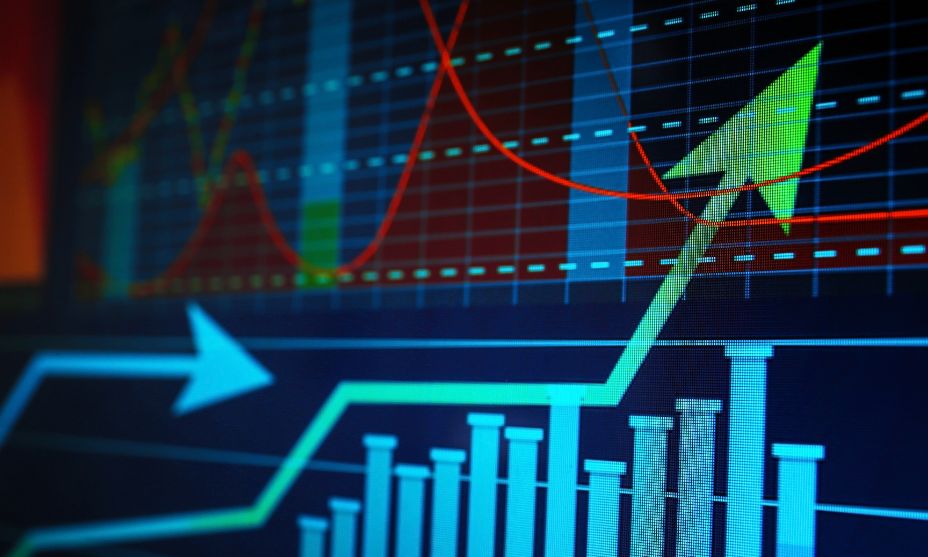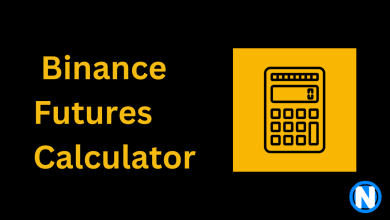Mastering the Art of Price Monitoring- Complete Guide

Maintaining a cutting edge is imperative for triumph in the current intensely competitive business arena. One formidable weapon that enterprises can employ to secure a strategic edge is price monitoring tools. The capability to systematically observe and scrutinize market prices can be the decisive factor between thriving and mere survival.
In this comprehensive guide, we will plunge into the realm of price monitoring, presenting insights into its importance, tactics, tools, data examination methodologies, competitor tracing, and the role of technology. Furthermore, we will investigate the means to adapt to market fluctuations and spotlight the advantages that effective price monitoring can bestow upon your enterprise.
Grasping the Concept of Price Monitoring
Price monitoring stands as a meticulously designed methodology for rigorously tracking, accumulating, and dissecting pricing data linked to products or services within a designated market or sector. This multifaceted process encompasses the continuous vigilance of both your own offerings and those of competitors using price monitoring tools to unearth priceless insights into the ever-evolving market terrain, detect emerging pricing trends, and, ultimately, empower your organization to navigate pricing choices with unwavering accuracy.
The Significance of Price Monitoring
Consumer Protection: Price monitoring helps protect consumers from price gouging and unfair pricing practices. By monitoring price fluctuations, regulators and consumer advocacy groups can identify instances of price manipulation and take appropriate action.
Market Transparency: Transparent pricing is essential for healthy competition. Price monitoring promotes market transparency by uncovering anticompetitive behavior, ensuring a level playing field for businesses, and fostering trust among consumers.
Informed Decision-Making: Businesses can use price monitoring to make strategic decisions regarding pricing strategies, product launches, and inventory management. Consumers can also make informed choices by comparing prices across different sellers.
Economic Stability: For governments, monitoring price trends is crucial for maintaining financial stability. Sudden and dramatic price changes can disrupt markets and impact inflation rates, which can have far-reaching consequences on a nation’s economy.
Establishing an Elaborate Price Monitoring Framework
Commencing on the path to effective price monitoring necessitates the establishment of a sturdy and all-encompassing framework. This foundational framework involves:
Goal Articulation: Commence by meticulously delineating the goals and objectives underpinning your price monitoring endeavors. Elucidate the precise outcomes you intend to achieve through the vigilant monitoring of prices.
Data Source Identification: Ascertain the diverse data sources essential for comprehensive price monitoring. These sources might encompass proprietary internal data, intelligence on competitors’ pricing strategies, and the broader market data that shapes pricing dynamics.
Monitoring Cadence: Strategically determine the frequency at which you’ll engage in price monitoring. Regular and punctual monitoring acts as the compass that keeps you attuned to the dynamic shifts within the marketplace, facilitating swift and informed decision-making.
Read Also: Best Price Optimization Software for Businesses
Data Collection and Analysis
Effective price monitoring relies heavily on robust data collection and analysis:
Data Sources: Gather pricing data from various sources, such as internal records, competitor websites, industry reports, and price comparison websites.
Data Analysis: Leverage data analysis techniques to extract meaningful insights from the collected data. Identify trends, anomalies, and areas for enhancement.
Technology and Automation: Employ technology and automation tools to streamline data collection and analysis, making the process more efficient and accurate.

Monitoring Competitor Price Movements
Tracing competitor prices is an indispensable facet of price monitoring:
Identify Key Competitors: Determine your primary competitors in the market and concentrate your tracking efforts on them.
Utilize Specialized Monitoring Tools: Employ dedicated competitor tracking tools and software to monitor competitors’ pricing strategies closely.
Analyze and Respond: Scrutinize competitor pricing data to discern patterns and trends. Adjust your pricing strategies in response to competitive maneuvers.
Price Monitoring Tools and Software Solutions
Contemporary businesses reap the rewards of a plethora of price monitoring tools and software solutions:
Data Scraping Tools: Utilize web scraping tools to extract pricing data from websites efficiently.
Real-Time Tracking: Invest in real-time price tracking tools to stay abreast of market fluctuations.
Data Visualization: Harness data visualization tools to craft lucid and actionable insights from pricing data.
Implementing Price Alert Mechanisms
Price alerts and triggers are fundamental for proactive price monitoring:
Define Price Alerts: It is advisable to establish specific criteria or thresholds that trigger alerts when prices deviate from the norm, as per papers.ssrn.com.
Real-Time Notifications: Configure alerts to furnish real-time notifications to relevant stakeholders when price adjustments occur.
Adapting to Market Dynamics
Price monitoring is a dynamic process; it empowers businesses to adapt to evolving market conditions:
Market Intelligence: Stay abreast of market dynamics, economic trends, and emerging customer preferences.
Agility: Develop strategies for swiftly adapting to changing market conditions and customer expectations.
Advantages of Effective Price Monitoring
According to https://research.aimultiple.com/price-monitoring/, effective price monitoring offers a plethora of advantages:
Augmented Profitability: Optimize pricing strategies to maximize profitability.
Augmented Competitiveness: Remain competitive by adjusting prices in response to market dynamics.
Data-Driven Decision-Making: Make informed decisions based on pricing data and insights.
Implications for Different Sectors
Retail: Retailers can use price monitoring to adjust pricing strategies in response to market trends and consumer demand. Dynamic pricing algorithms, for example, allow retailers to optimize prices in real time, increasing competitiveness.
E-commerce: E-commerce platforms heavily rely on price monitoring to remain competitive. Online retailers often use algorithms to adjust prices dynamically based on factors like demand, inventory levels, and competitor pricing.
Finance: Price monitoring is fundamental in the financial sector, where traders and investors rely on accurate and timely market data. Real-time pricing information influences investment decisions and portfolio management.
Healthcare: The healthcare sector benefits from price monitoring to monitor drug prices, medical equipment costs, and healthcare service fees. This helps healthcare providers optimize their budgets and ensures affordable patient care access.
Energy: Energy markets use price monitoring to monitor the cost of fossil fuels, electricity, and renewable energy sources. It informs energy policy decisions and helps manage supply and demand effectively.
In Conclusion
In the fierce realm of commerce, mastering price monitoring can be a game-changer. By establishing a robust framework, harnessing technology, adhering to best practices, and adapting to market shifts, enterprises can not only stay ahead of the competition but also amplify profitability and enhance customer satisfaction. Effective price monitoring is more than just a tool; it’s a strategic necessity that can steer your enterprise toward sustained success in an ever-evolving marketplace. So, embark on your price monitoring journey today and seize the competitive advantage it offers.




